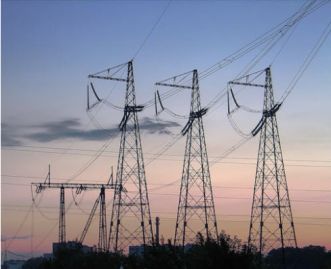Overall dimensions of supports for overhead power transmission network
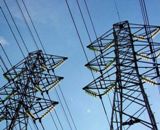 The overall dimensions of the supports are influenced by the operating voltage of the overhead power line, the cross-section of the suspended wires, the material from which the supports are made, the presence and absence of a lightning protection cable, the climatic conditions of the area, the length of the span of the overhead line.
The overall dimensions of the supports are influenced by the operating voltage of the overhead power line, the cross-section of the suspended wires, the material from which the supports are made, the presence and absence of a lightning protection cable, the climatic conditions of the area, the length of the span of the overhead line.
The design and dimensions of the supports are strongly influenced by the operating voltage of the power line... At voltages of 6-10 kV, when the distance between the conductors is about 1 m, the conductors of the three phases can be easily positioned on a support in the form of a single column with a relatively low height. On 35 — 220 kV lines, the distances between the wires are within 2.5 — 7 m, and on 500 kV lines they reach 10 — 12 m. For the suspension of wires with such distances between them, high and transversely developed supports are needed.
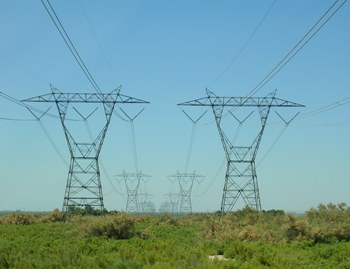
In addition, with an increase in the voltage of the overhead power line, a section of suspended wires... If on 6-10 kV lines, wires with cross-sections above 70-120 mm2 are rarely used, then on 220 kV lines, wires with cross-sections of the current-carrying aluminum part at least 300 mm2 (AC- 300) are discontinued. On 330 — 500 kV lines, each split phase has two or three conductors. The total cross-section of aluminum in the phase reaches 1500 mm2. Such transverse cross-sections cause more transverse and longitudinal forces acting on the supports, which leads to an increase in their size and weight.
A major influence on the design of overhead power line supports is the material from which the line supports are made... On lines with wooden supports, the supporting structures have the simplest form: a single post, an A-truss and a portal. Complex composite wood supports are not economical.
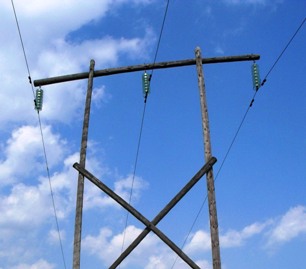
Wooden support VL 10 kV
The same simple forms are most suitable for reinforced concrete supports. The individual elements of these supports are often made hollow cylindrical or slightly conical.
Metal supports are made in the form of lattice spatial trusses. On lines 35 — 330 kV, the most economical, as a rule, are supports with one column. For higher voltages, portal supports with rigid free-standing supports or reinforced with cable guides are used.
Steel cable supports with lightning protection are of course larger than cableless supports.
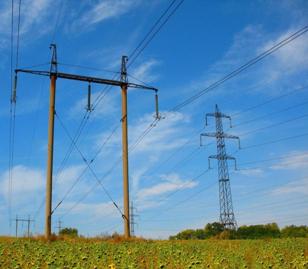
330 kV overhead line with grounded wire
The climatic conditions of the area have a significant influence on the design and dimensions of the supports and their elements... The more severe the climatic conditions, the harder the supports.
The design and dimensions of the support also depend on span length of the air line… For short distances height of power line supports will be small. The cost of materials for each support is relatively small. But a significant number of supports will have to be installed, which will require a large number of insulators, foundations, etc.
By increasing the span of an overhead power line, the number of towers needed to build it is reduced. At the same time, the consumption of materials during construction for each support increases, but in general, the consumption of materials for 1 km of the line will decrease. Other components of the final cost of the line — the costs of insulators, transport, support bases and installation work during construction are also reduced. In general, the price per 1 km of the line is decreasing.
But it is not profitable to increase the length of the section infinitely, because the reduction of the cost of the line with the increase of the range occurs only up to a certain limit value, and further increase of the range leads to an increase of the cost of the line.
There is a concept — «economic range»... This is the range of the power line where the costs of its construction are the lowest. It is believed that with economic scope, the minimum capital investment corresponds to the minimum operating costs and, accordingly, to the minimum estimated costs.
Metal poles VL 330 kV
To find the economic range, you need to perform a series of calculations by setting different row spacing lengths. For each given section at is the price of 1 km of the line. At the same time, together with this, the most suitable structural scheme of the support, which will be used in the construction of the overhead power line, is also selected.

